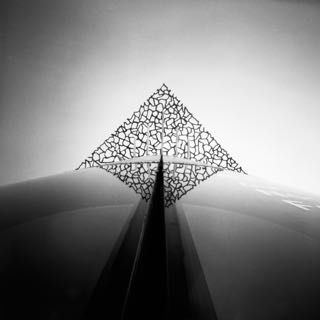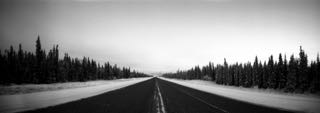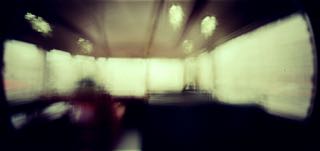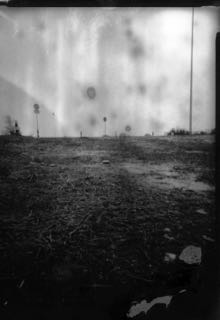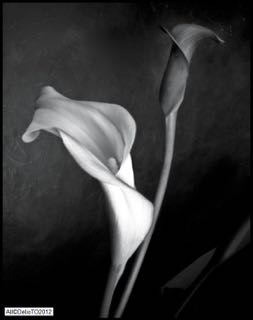One of the things that makes the pinhole camera special is the infinite depth of field it provides. Dikal uses that infinite depth of field to his advantage when working with symmetry and geometric shapes. There is something special in the way the shapes are drawn out as they fit into the frame view.
Using his Zero Image pinhole camera and Fuji Acros 100 film, Dikal creates incredibly dramatic scenes with great contrasts. Dikal found himself bored of the images that have become our norm these days, with “too perfect digital cameras”, and started poking around with many other types and styles of cameras. It was when he found his way to the pinholes, like so many of us, that his creativity blossomed and the, “Dreamlike atmosphere… Atypical framings… No viewfinder, lens free, no mechanism, just a hole and a film holder,” drew his curiosity and spirit. Dikal spent six years pushing his boundaries and finding his voice with his photos. And while he says, “I don’t pretend to take beautiful photos”, we disagree and we know that you will too.
Dikal, your photographs are a great respite for me. They transcend me from the chaotic space that I live in and deliver me to a place where space, contrast, texture and shapes make sense. I can breath a bit easier when I look upon your work and I am very grateful that you have decided to give yourself the space and freedom that comes with the unknown treasure hunt that your vision provides.
ZI Suffocating
[singlepic id=218 w=600] [/singlepic]
British Museum
[singlepic id=213 w=600] [/singlepic]
Solitude
[singlepic id=217 w=600] [/singlepic]
Come to Me
[singlepic id=214 w=600] [/singlepic]
Inner Vision
[singlepic id=215 w=600] [/singlepic]
m
[singlepic id=216 w=600] [/singlepic]
=^=
[singlepic id=219 w=600] [/singlepic]
_^_
[singlepic id=212 w=600] [/singlepic]
We encourage you to head over to Flickr to check out more of Dikal’s amazing pinhole photography
